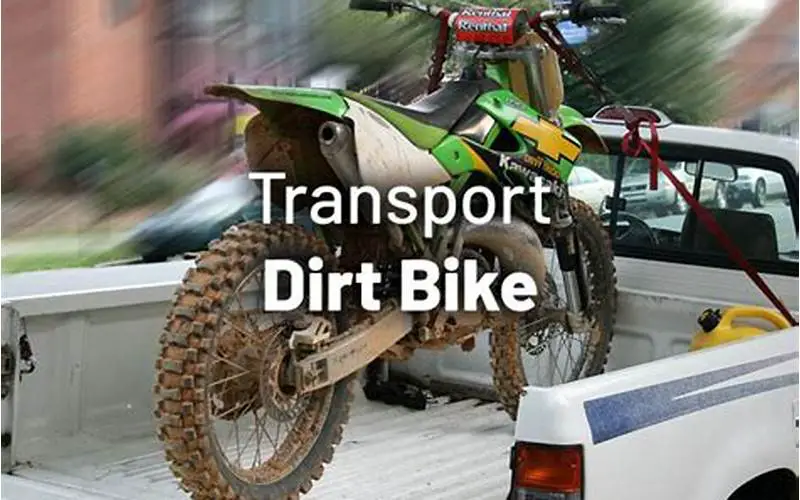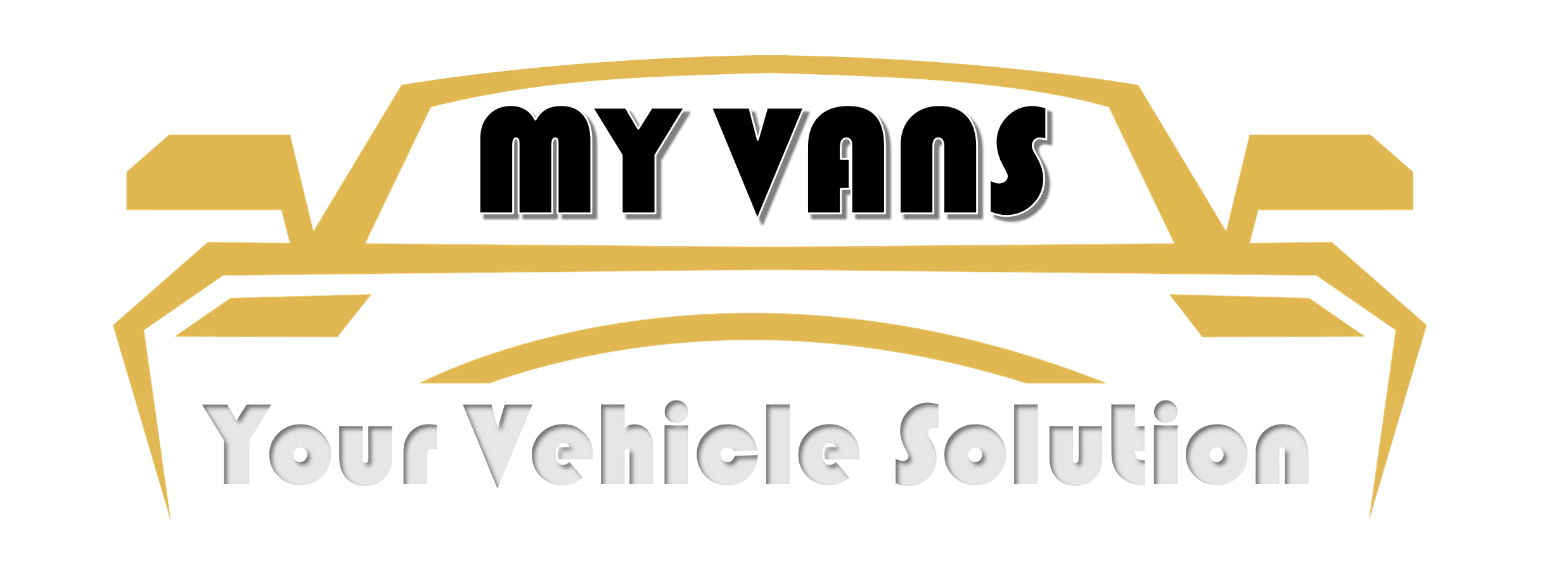
 Source: bing.com
Source: bing.com
Introduction
Hello, Vehicle Owner! Are you an avid dirt bike enthusiast looking for tips on how to transport your beloved two-wheeler safely and efficiently? Look no further! In this comprehensive guide, we will walk you through the process of transporting your dirt bike, ensuring that it reaches its destination in pristine condition. Whether you’re heading to the racetrack, hitting the trails, or going on an adventure, these expert tips and tricks will help you transport your dirt bike hassle-free.
1. Choose the Right Trailer
? When it comes to transporting your dirt bike, the first step is selecting the right trailer. Ensure that the trailer is specifically designed for motorcycles and has sturdy tie-down points to secure your bike.
2. Secure the Bike Properly
? Properly securing your dirt bike is crucial to prevent any damage during transportation. Use high-quality tie-down straps to secure the front and rear of the bike to the trailer, ensuring it remains stable throughout the journey.
3. Protect Your Bike’s Bodywork
?️ To safeguard your dirt bike’s bodywork from scratches and dings, consider using protective covers or blankets. These will provide an extra layer of protection and keep your bike looking brand new.
4. Remove Loose Parts
? Remove any loose parts, such as mirrors, handlebars, or exhaust pipes, to prevent them from getting damaged or causing damage during transportation. Secure these parts separately to ensure they remain intact.
5. Check Tire Pressure
? Before loading your dirt bike onto the trailer, make sure to check the tire pressure. Properly inflated tires will ensure a smooth and stable ride, minimizing the risk of any mishaps during transportation.
6. Use Chocks or Wheel Stands

7. Drive with Caution
? While transporting your dirt bike, it’s essential to drive with caution. Avoid sudden braking, sharp turns, and excessive speed, as these can lead to accidents or damage to your bike. Take it slow and steady to ensure a safe journey.
Strengths and Weaknesses of Transporting a Dirt Bike
Strengths
1. Convenience: Transporting your dirt bike allows you to easily access different riding locations without the need to ride your bike there.
2. Protection: Properly securing your dirt bike during transportation ensures that it remains safe from potential damage caused by road conditions or accidents.
3. Versatility: With a trailer, you can transport your dirt bike to various destinations, including racetracks, trails, and off-road parks.
4. Time-saving: Transporting your dirt bike saves you time compared to riding it to your desired location, especially for long distances.
5. Safety: By using a trailer, you minimize the risk of accidents or injuries that may occur while riding your dirt bike on public roads.
6. Flexibility: Transporting your dirt bike allows you to bring along additional gear, tools, and spare parts, ensuring you’re prepared for any situation.
7. Comfort: Instead of enduring a long, tiring ride, you can transport your dirt bike comfortably and arrive at your destination fresh and ready to ride.
Weaknesses
1. Cost: Investing in a trailer and necessary accessories can be expensive, especially for occasional dirt bike riders.
2. Storage Space: Trailers require storage space, which can be a challenge if you have limited room available.
3. Learning Curve: Transporting a dirt bike safely requires some knowledge and practice, particularly when it comes to securing the bike and driving with a trailer.
4. Dependency: Transporting your dirt bike means relying on a vehicle capable of towing, which may not always be available.
5. Maintenance: Trailers, tie-downs, and other accessories require regular maintenance to ensure their longevity and functionality.
6. Additional Time: Loading and unloading your dirt bike onto a trailer takes extra time compared to simply riding it to your destination.
7. Parking Restrictions: Some areas have parking restrictions for trailers, limiting your options when it comes to offloading your dirt bike.
Table: Complete Information on How to Transport a Dirt Bike
| Transportation Step | Description |
|---|---|
| 1. Choose the Right Trailer | Select a motorcycle-specific trailer with sturdy tie-down points for optimal security. |
| 2. Secure the Bike Properly | Use high-quality tie-down straps to secure the front and rear of the bike to the trailer. |
| 3. Protect Your Bike’s Bodywork | Consider using protective covers or blankets to prevent scratches and dings during transportation. |
| 4. Remove Loose Parts | Remove mirrors, handlebars, or exhaust pipes and secure them separately to avoid damage. |
| 5. Check Tire Pressure | Ensure proper tire inflation to minimize the risk of mishaps during transportation. |
| 6. Use Chocks or Wheel Stands | Utilize wheel chocks or stands to keep the bike upright and stable during loading and transportation. |
| 7. Drive with Caution | Practice safe driving techniques, avoiding sudden braking, sharp turns, and excessive speed. |
Frequently Asked Questions (FAQs)
1. Can I transport my dirt bike in a regular trailer?
Yes, but it’s recommended to use a motorcycle-specific trailer with proper tie-down points for enhanced security.
2. How many tie-down straps should I use?
It’s best to use at least four high-quality tie-down straps for optimal stability and safety.
3. Do I need to remove the fuel from my dirt bike before transportation?
It’s advisable to drain the fuel tank or keep the fuel level low to prevent any leaks or spills during transportation.
4. Can I transport multiple dirt bikes in one trailer?
Yes, but ensure that each bike is properly secured and has enough space to avoid potential damage.
5. Should I cover my dirt bike during transportation?
Using protective covers or blankets is recommended to prevent scratches and keep your bike’s bodywork in pristine condition.
6. Can I use ratchet straps for securing my dirt bike?
Yes, ratchet straps can be used, but ensure they are specifically designed for securing motorcycles and have appropriate load capacity.
7. Do I need a special license to transport a dirt bike?
In most cases, a regular driver’s license is sufficient for transporting a dirt bike. However, it’s essential to check your local regulations for any specific requirements.
Conclusion
In conclusion, properly transporting your dirt bike is essential to ensure its safety and longevity. By choosing the right trailer, securing the bike properly, and following the recommended precautions, you can transport your dirt bike hassle-free. Remember to drive with caution and practice safe driving techniques to protect both your bike and yourself. So, go ahead and embark on your next adventure with peace of mind, knowing that your dirt bike is in good hands!
? Take action now and start implementing these tips to transport your dirt bike like a pro. Don’t let transportation hurdles prevent you from exploring new riding destinations and experiencing the thrill of off-road adventures. Happy trails!
Closing Words
Disclaimer: The information provided in this article is for general purposes only. Always ensure you follow local laws, regulations, and best practices when transporting your dirt bike. The author and publisher of this article are not liable for any damages or injuries incurred during transportation.
 MyVans Your Vehicle Solution
MyVans Your Vehicle Solution